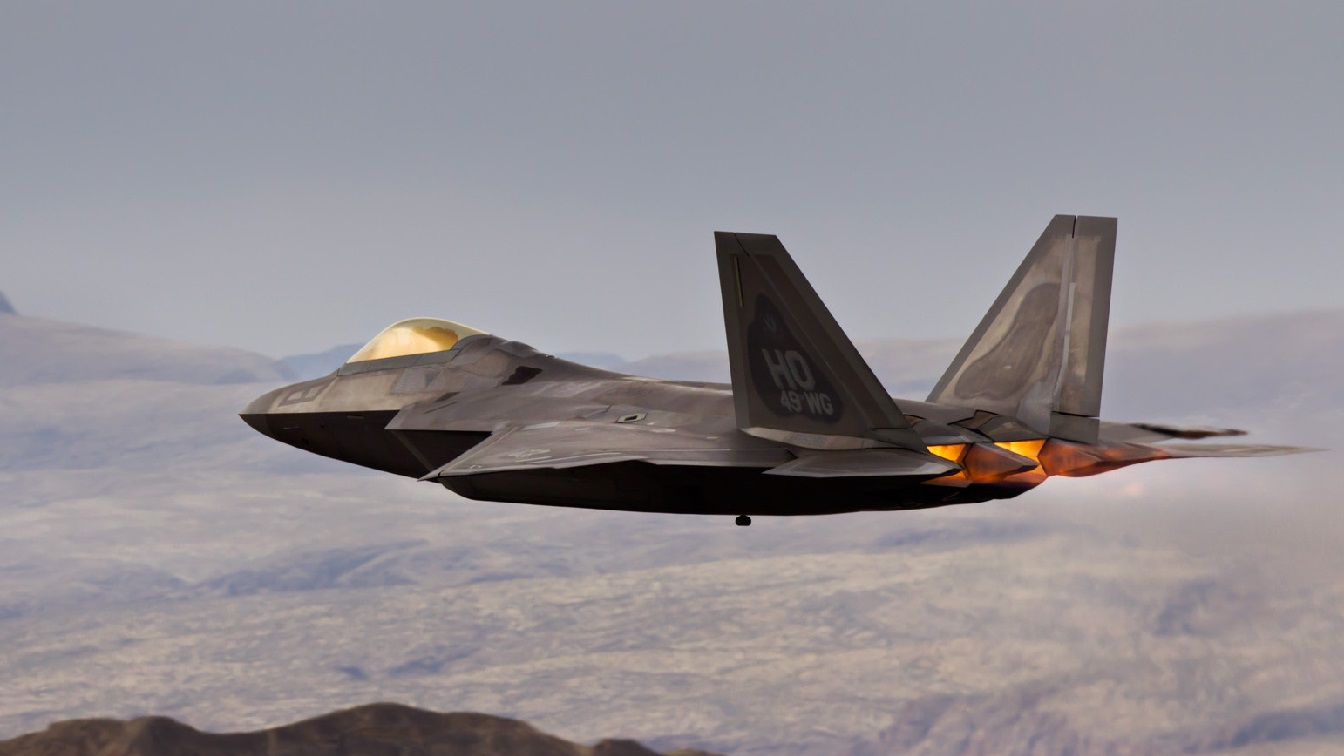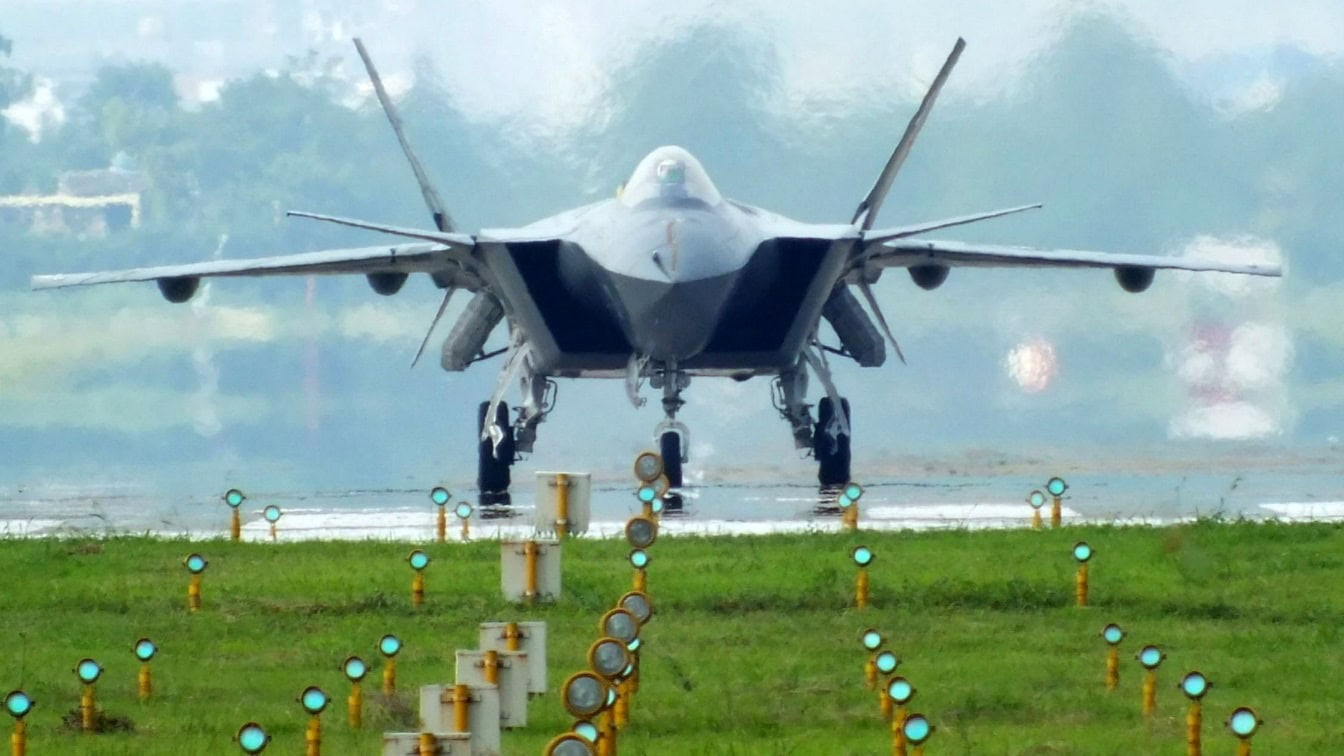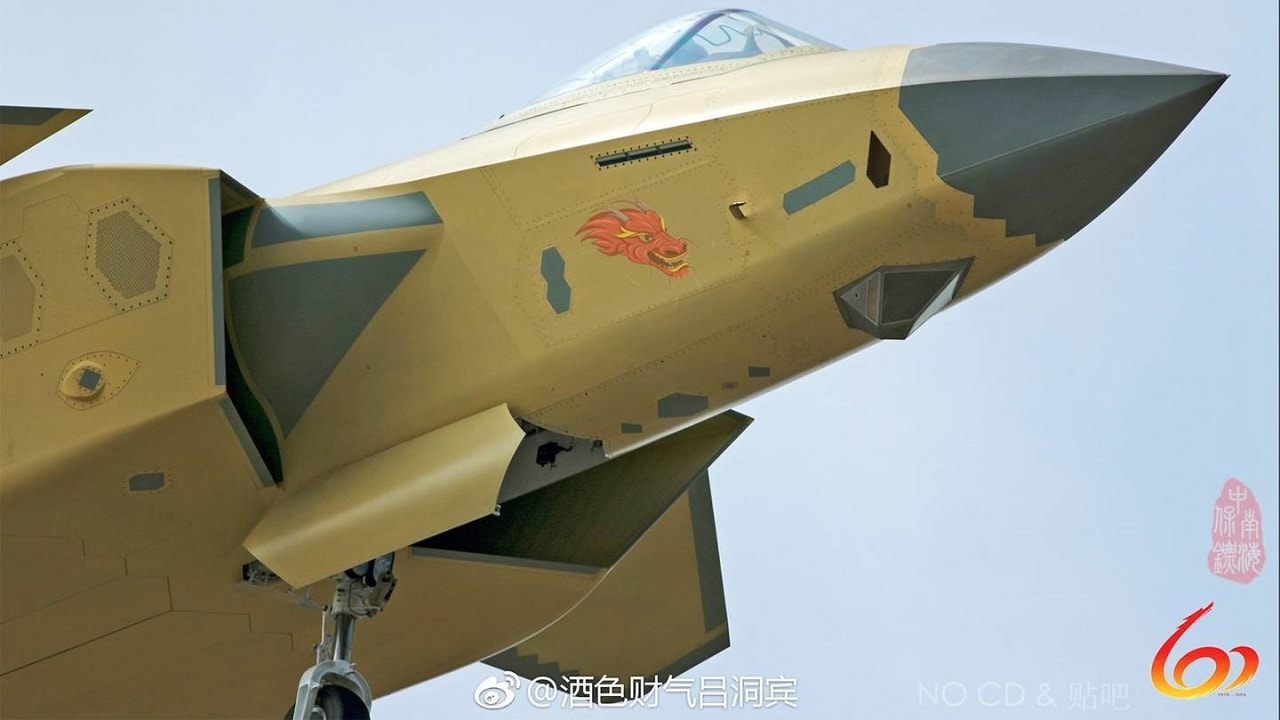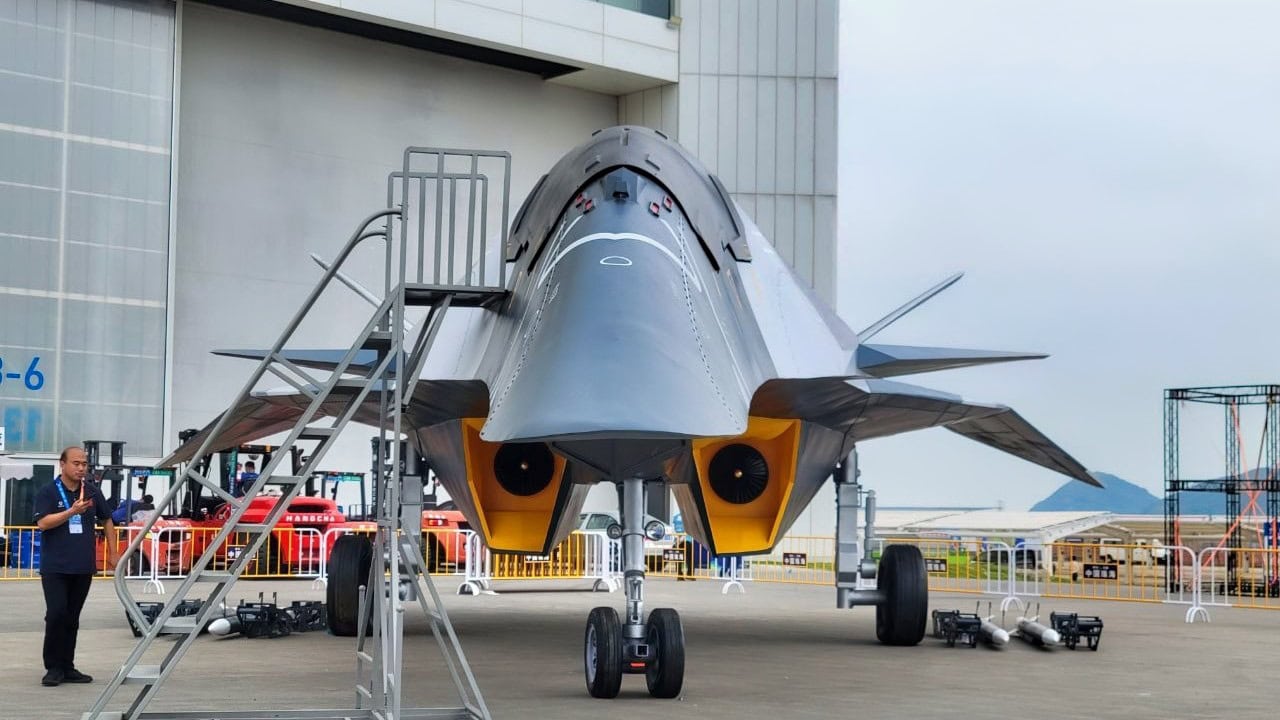Key Points: The U.S. defense budget, though still the largest globally, now represents a smaller share of global military spending as rivals and allies alike have increased their investments. Since 2014, China’s defense spending surged by 60%, Russia’s by 57%, and U.S. allies such as Poland by 181%.
-This shift reflects a more dangerous global environment and diminished U.S. primacy. Estimating defense budgets is complex, often obscured by differences in methodology and purchasing power parity adjustments.
-While the U.S. once had opportunities to reduce spending post-Cold War, the “War on Terror” eroded this chance, making significant defense budget cuts unlikely today.
U.S. Defense Spending Faces a Shrinking Global Edge
The United States has had the world’s largest defense budget since the 1980s and possibly longer. Although the budget remains enormous, the gap between the United States and its competitors, both friends and foes, has shrunk over the past decade.
A recent snapshot of global military spending by the Stockholm International Peace Research Institute (SIPRI) highlights how patterns of military spending have changed and busted a few myths along the way.
Myths About the U.S. Defense Budget
The United States has a huge defense budget. U.S. spending accounts for 37% of the global total, burdening the economy to the tune of 3.4% of GDP.
The United States has the largest budget in NATO by a large margin, representing 68% of overall NATO spending.
But the US does not dominate as it did a generation ago or even a decade ago. As defense spending surges worldwide, Chinese, Russian, and Indian spending has all accelerated.
While the US spends some 9% more on defense than it did in 2014, China spends 60% more and Russia 57% more.
US allies have also stepped up their efforts. Britain, France, Germany, and Japan have all notched double-digit increases in spending over the past decade; the Poles have increased their budget by a whopping 181%.

F-22 Raptor. Image Credit: Creative Commons.
Altogether, this tells us that U.S. primacy has waned and that the world has become more dangerous, two undoubtedly connected trends that do not necessarily track one another directly. The general reduction in global military expenditure (a trend more evident in defense burden than in absolute defense spending) has been reversed; defense budgets are now consistently increasing faster than economic growth, both in competitors to the United States and in allies.
Finding the Defense Money
However, estimating defense spending is more complicated than it sounds, partly because substantial elements of any country’s defense budget tend to lay outside of its official budget.
In the United States, for example, significant military capabilities are budgeted to the Department of Energy, the Department of Homeland Security, and even to individual states in the form of National Guard establishments.
Estimating a defense budget is not a simple quantitative exercise; it demands qualitative finesse and close attention to how governments arrive at budgets.
For example, the SIPRI numbers are not adjusted for Purchasing Power Parity, which indexes GDP to local prices. It is cheaper, for example, for China to buy a domestically produced fighter jet than for France, because many of the labor and resource inputs are more affordable in China than in France. This is one of the reasons that Russia, which until recently has spent modestly on its military compared to some European countries, has been able to mobilize such extensive military power in its war against Ukraine. In practice, this means that the raw totals for the Russian and Chinese defense budgets are understated relative to Western budgets.

J-20 stealth fighter. Image Credit: Creative Commons.
However, the PPP adjustment isn’t absolute. The international export market doesn’t care about PPP; a fighter jet is a fighter jet, whether it’s being sold to a rich or poor country, and the buyer can expect to pay something like a market rate. Even when that equipment is primarily built and assembled domestically, components for advanced equipment may only be available at international market rates rather than domestic prices.
An alternative calculation of the US and Chinese defense budgets at the Texas National Security Review, for example, pegged US spending at $1.3 trillion and Chinese spending at $474 billion, 30% and 38% higher, respectively, than the SIPRI estimates. This flexibility in methodology also means that estimates of defense spending are very easy to “cook” for political purposes; it’s not hard for an analyst to show that the United States is particularly secure by using one set of methods, then to turn around and demonstrate that the U.S. is very insecure by using a different set of assumptions.
Parting Thoughts
Notwithstanding the murk in the numbers, there’s no question that we have moved into a post-post-Cold War world concerning military spending. Twenty-five years ago, it was easy, almost obligatory, to argue that the US defense budget should be cut, perhaps drastically. Now, it is more challenging to make that argument. We missed a generational opportunity to substantially reduce the defense budget, perhaps with long-term implications for global order. The US squandered its peace dividend with the ill-advised Wars on Terror that undermined and failed to secure our national values.

Chinese J-20 Stealth Fighter. Image Credit: Chinese Internet.
Now, substantial cuts to US defense expenditures are difficult to see absent a drastic change to US grand strategy, a change that few in Washington seem likely to embrace.
About the Author: Dr. Robert Farley
Dr. Robert Farley has taught security and diplomacy courses at the Patterson School since 2005. He received his BS from the University of Oregon in 1997, and his Ph. D. from the University of Washington in 2004. Dr. Farley is the author of Grounded: The Case for Abolishing the United States Air Force (University Press of Kentucky, 2014), the Battleship Book (Wildside, 2016), Patents for Power: Intellectual Property Law and the Diffusion of Military Technology (University of Chicago, 2020), and most recently Waging War with Gold: National Security and the Finance Domain Across the Ages (Lynne Rienner, 2023). He has contributed extensively to a number of journals and magazines, including the National Interest, the Diplomat: APAC, World Politics Review, and the American Prospect. Dr. Farley is also a founder and senior editor of Lawyers, Guns and Money.

